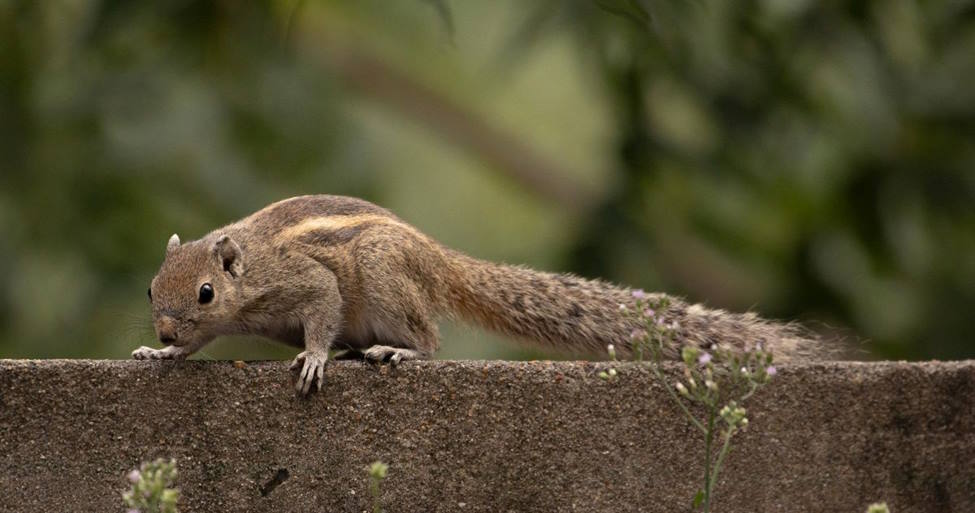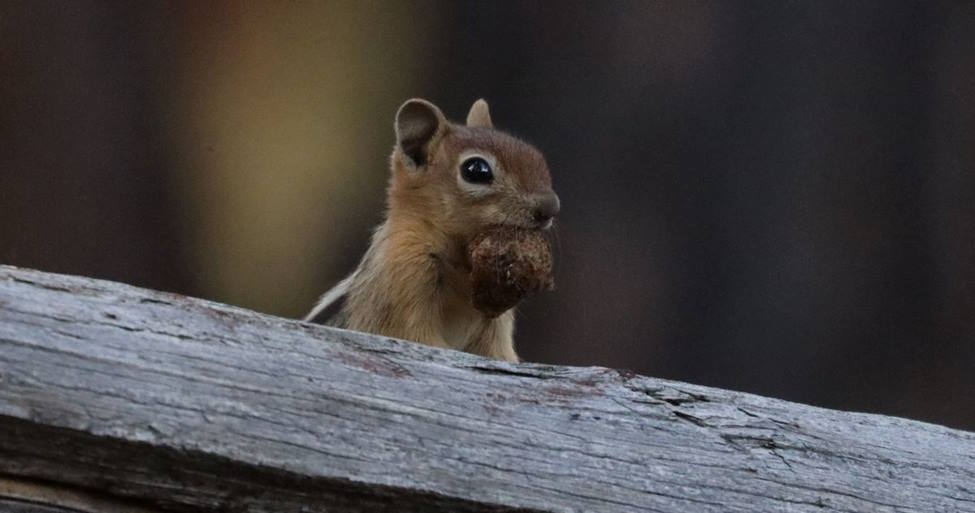Squirrels are resourceful creatures, often seen darting around parks and backyards for food. Understanding their behavior can help you appreciate these animals and even mitigate any nuisance they might cause. Exploring squirrel foraging solutions can help create a more harmonious environment while ensuring these animals find the necessary sustenance.
Using innovative methods can significantly reduce resource competition among wildlife in your area. Various strategies, such as specialized feeders, can keep squirrels at bay during birdwatching or gardening pursuits. You’ll discover practical tips that help you manage squirrel behavior without harming them.
As you learn more about these foraging solutions, you’ll find effective ways to coexist with squirrels while enjoying outdoor space. Implementing these tactics benefits you and supports the healthy squirrel population, making your yard a more vibrant ecosystem.
Understanding Squirrel Behavior

Squirrels exhibit specific behaviors that are crucial for effective foraging. Their patterns and seasonal habits significantly influence how they locate and store food, making it essential to understand these aspects for successful squirrel management.
Patterns of Foraging
Squirrels engage in several foraging strategies to secure food. They often rely on memory to locate food caches buried throughout their territory. This spatial memory allows them to remember the locations of various food sources, including nuts, seeds, and fruits.
Their foraging behavior can change based on food availability. For instance, squirrels may forage less aggressively in areas with ample food. In contrast, during periods of scarcity, they become more adventurous, exploring new areas and taking risks to find food.
Squirrels are also known to observe others’ foraging activity. By watching fellow squirrels, they can learn about high-yield food sources and adapt their strategies accordingly.
Seasonal Habits and Challenges
Seasonal changes greatly impact squirrel behavior. In spring and summer, squirrels are typically busy gathering and storing food. They take advantage of the abundance of nuts and seeds. This preparation is crucial for their survival when food is scarce in winter.
As autumn arrives, squirrels engage in a behavior known as “scatter hoarding.” They bury food in multiple locations to reduce the risk of losing it to theft or environmental factors. This behavior also helps them to retrieve food sources when needed efficiently.
During winter, squirrels face challenges due to snow and increased competition. They often rely on their memory to find cached food but may also resort to foraging in areas they typically avoid. Understanding these seasonal habits can inform effective squirrel foraging solutions.
Squirrel Management Strategies
Effectively managing squirrels requires a mix of habitat modification and deterrent methods. These strategies can minimize squirrel foraging and control their presence, particularly in areas of New Jersey.
Habitat Modification
You can alter the environment to make it less attractive to squirrels. Start by maintaining a clean yard. Remove fallen fruits, nuts, or seeds that could serve as food sources.
Consider planting squirrel-resistant plants, such as daffodils or marigolds, which may deter them from foraging in your garden. Trim branches that overhang your home or garden serve as highways for squirrels to access food sources.
Sealing entry points in your home is also crucial. Check for gaps in your roof, siding, and even around vents. This prevents squirrels from nesting in undesirable areas.
Deterring and Repelling Methods
Utilizing deterrent techniques can effectively manage foraging squirrels. You might want to use repellent sprays containing natural ingredients, as they can keep squirrels at bay without harming them.
Setting up motion-activated sprinklers is another effective strategy; the sudden burst of water can startle squirrels and encourage them to leave the area.
For structures, consider installing squirrel baffles on bird feeders to prevent squirrels from accessing them while allowing birds to feed.
Trapping: Implementing Humane Squirrel Relocation: An Effective Approach for Your Property
A compassionate and successful strategy for addressing squirrel presence on your property is the use of humane live-catch traps. These devices employ enticing treats such as nuts, seeds, or other squirrel favorites to attract the animals. Once captured, the squirrels can be carefully transported to a more suitable habitat away from your residence, ensuring a safe solution for both you and the wildlife.
Squirrel Population in the US
While New Jersey is not in the top 10 states of actual squirrel population, many NJ homeowners have reported problems with structural damage, garden destruction, noise disturbances, and squirrels stealing birdseed from feeders or consuming pet food left outside.
America’s landscapes are graced by the lively presence of squirrels, recognizable by their fluffy tails and agile antics. These fascinating creatures not only contribute to ecosystems as vital seed dispersers and a food source for predators but also showcase a remarkable variety, with over 65 distinct species found across the United States.
Top States with Squirrel problems (According to World Population Review)
Oregon
Washington
Michigan
Minnesota
Wisconsin
California
Pennsylvania
Texas
PA
Here is a great resource for Squirrel control in PA.
New Jersey
Here are some great ways to deal with problem squirrels in NJ.
Winter Solutions for Urban Squirrels

Urban squirrels face unique challenges in winter, but proactive measures and community initiatives can enhance their survival. Implementing specific strategies can help minimize disruptions while ensuring these animals thrive.
Proactive Measures for Homeowners
Start by securing garbage bins and compost heaps to prevent squirrel damage in winter. This discourages squirrels from rummaging through your property for food.
Consider installing squirrel-proof bird feeders. These can provide nutritional benefits without attracting squirrels too close to your home.
Another important tip is to seal entry points in your home, such as gaps in roofs and foundations. This minimizes potential nesting in your attic or walls during colder months.
Lastly, providing proper insulation and ventilation in your attic can deter squirrels. Maintaining a clean and organized outdoor space will also reduce potential food sources.
Community-Based Initiatives
Engage with local organizations to promote urban wildlife control tips. Coordinated efforts can educate residents on how to coexist with urban squirrels while minimizing damage.
Hosting community workshops on feeding and habitat management fosters understanding of squirrel behavior in winter. This can involve crafting designated feeding stations with appropriate food, ensuring they are safe for both squirrels and the environment.






